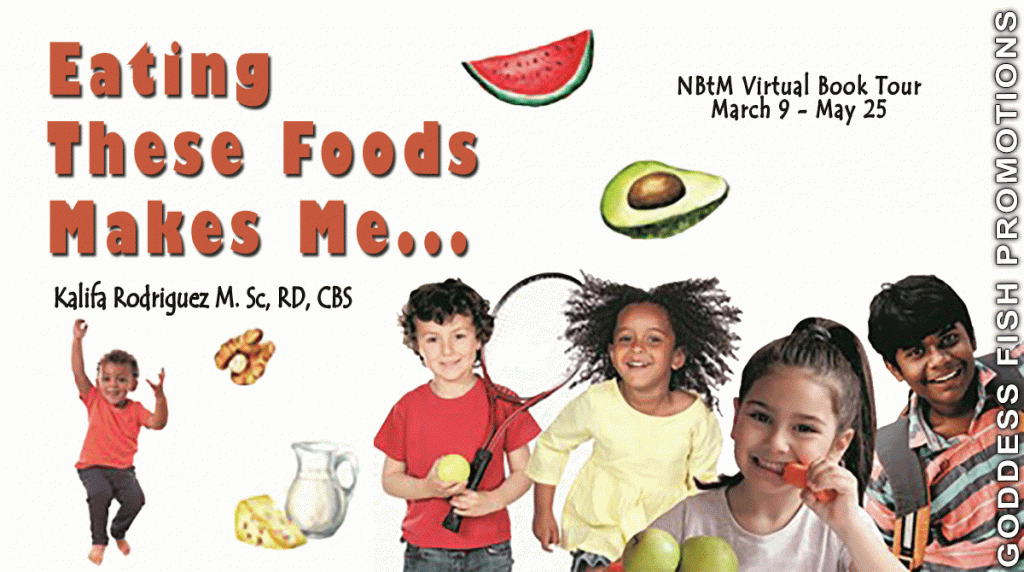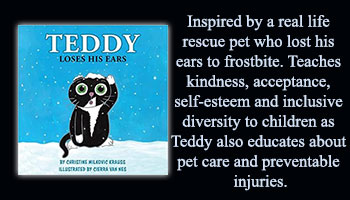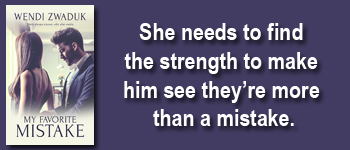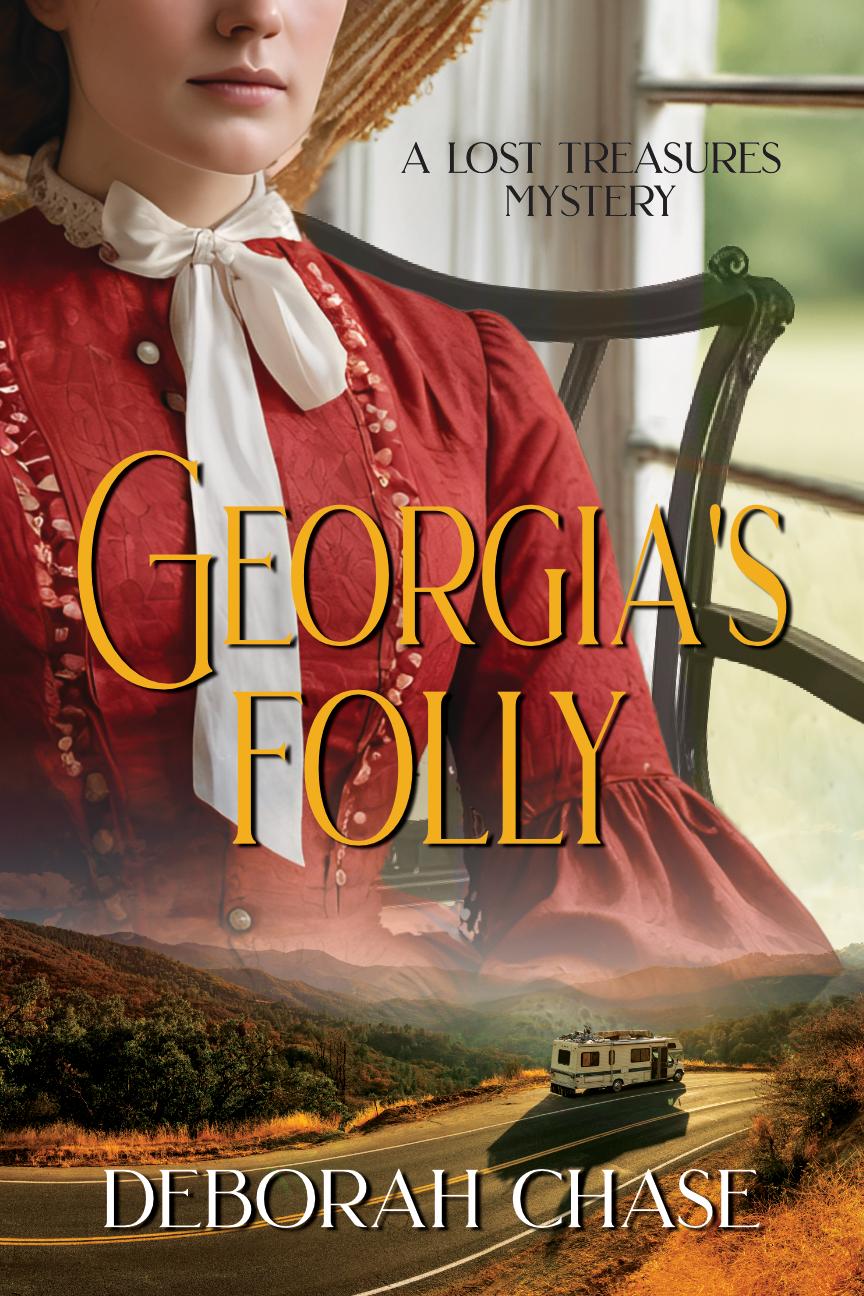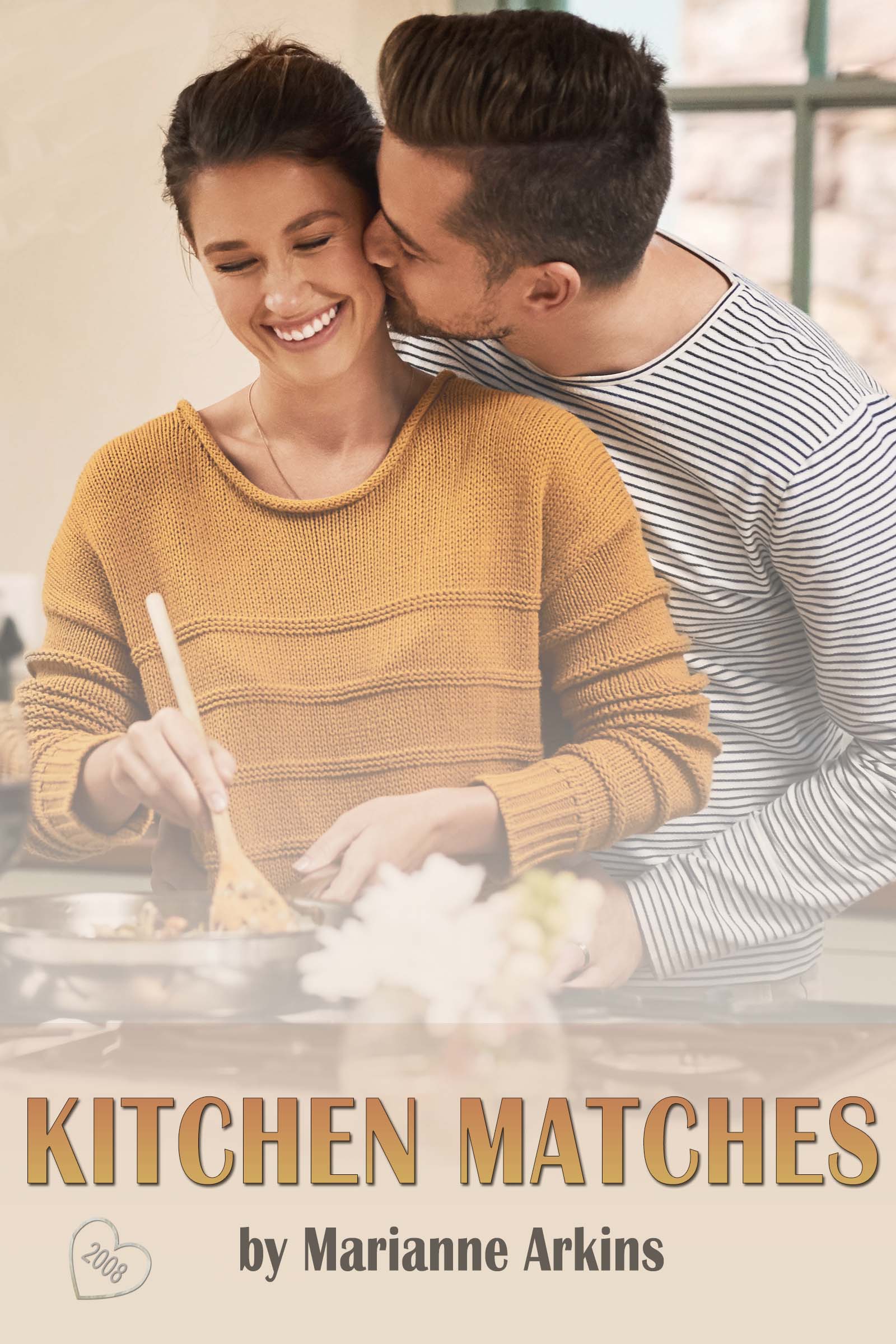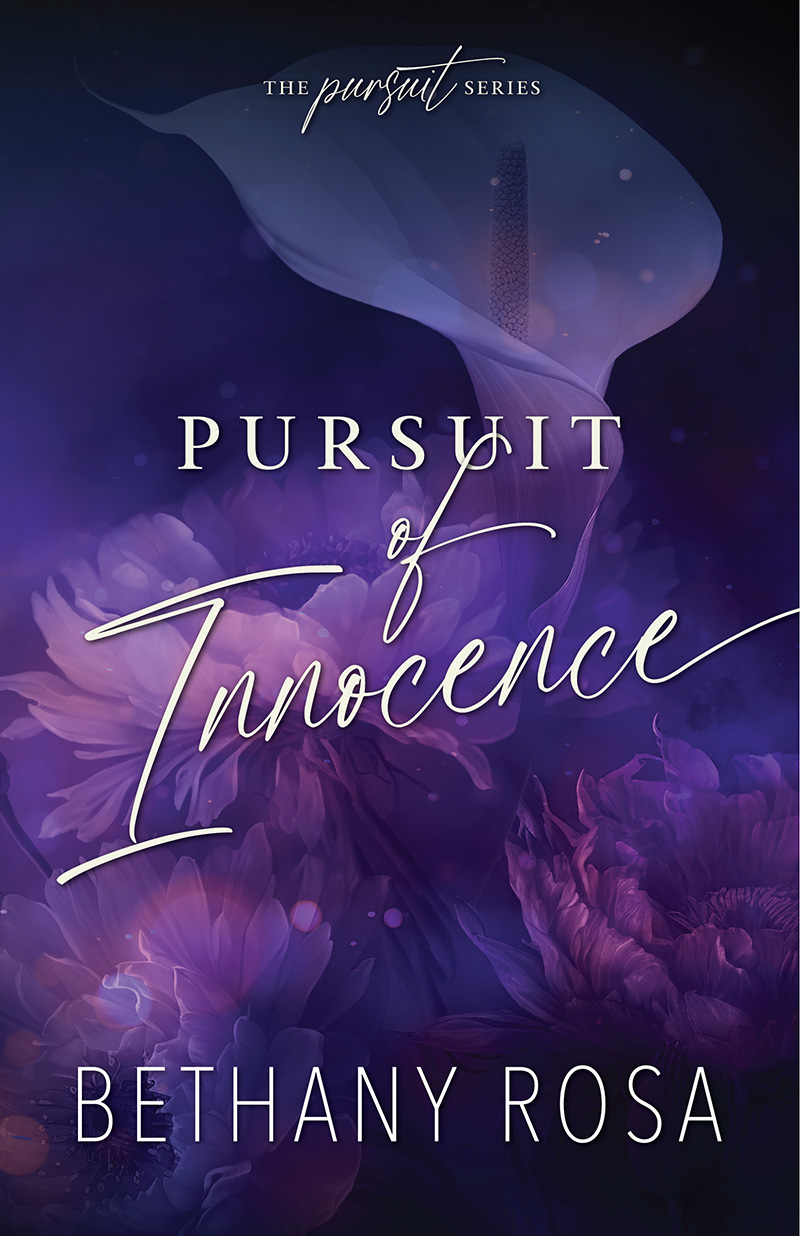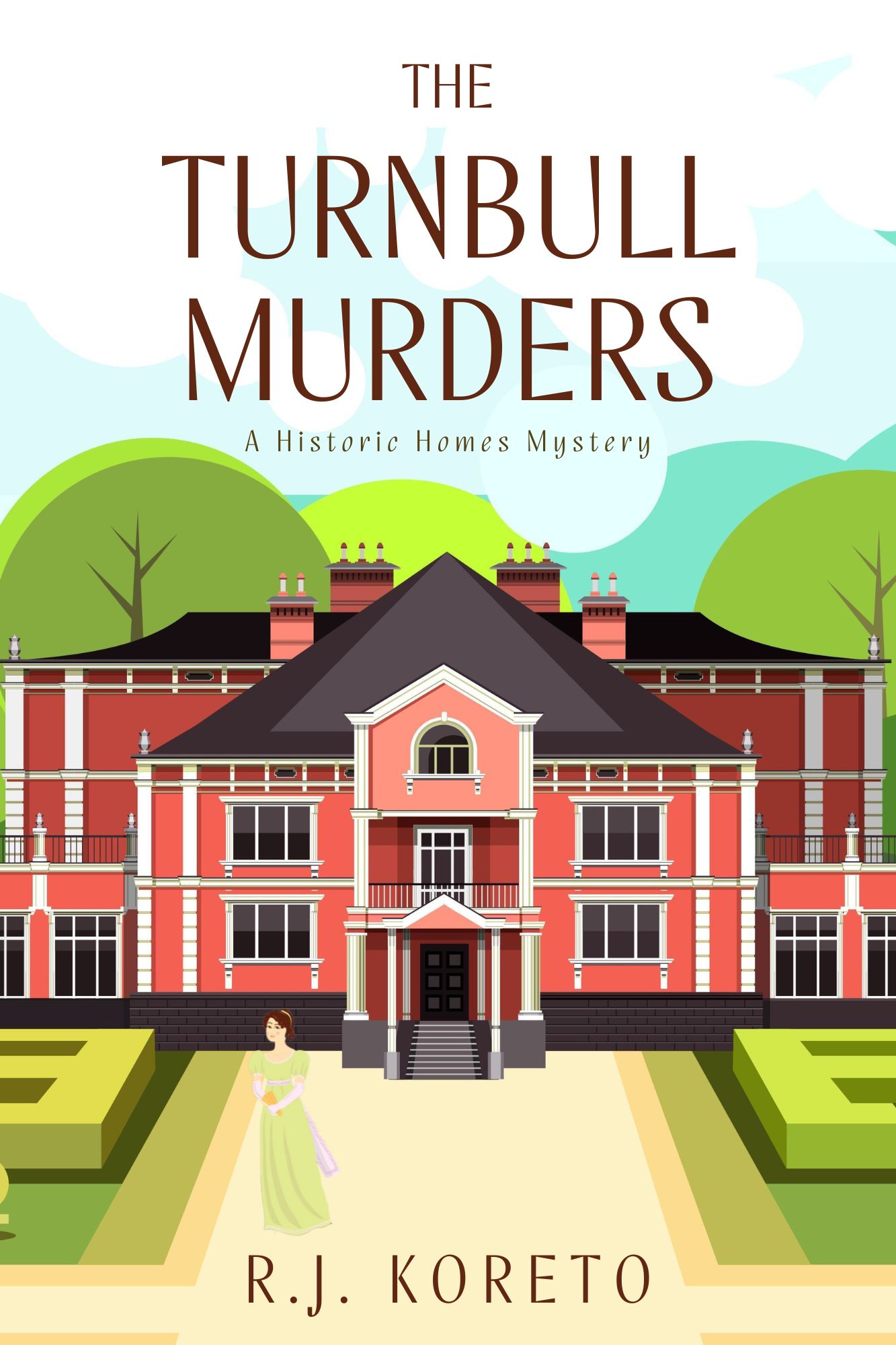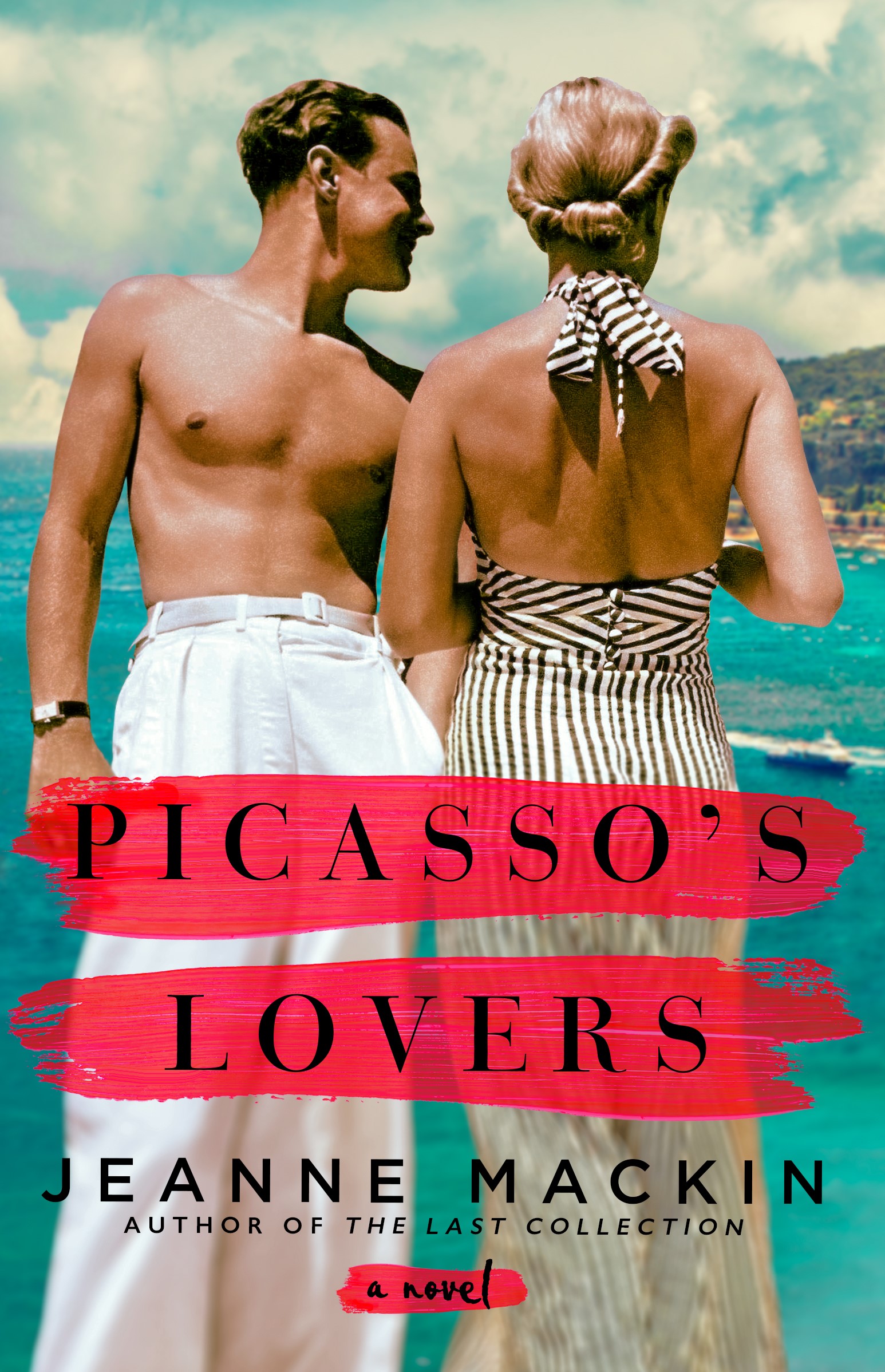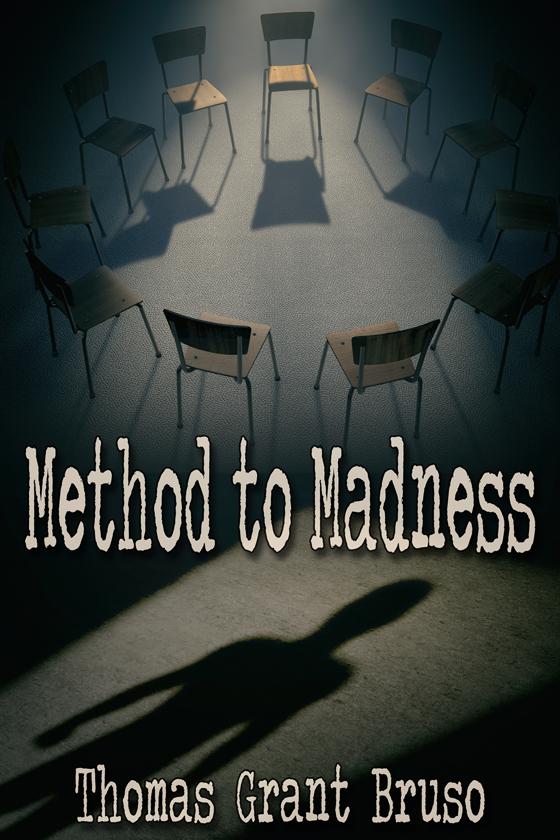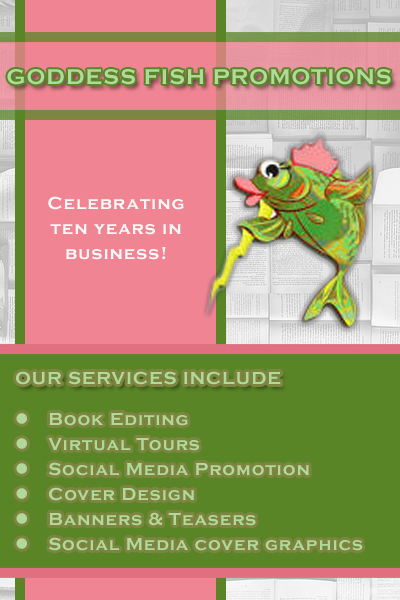This post is part of a virtual book tour organized by Goddess Fish Promotions. Kalifa Rodriguez will be awarding a $15 Amazon/BN GC to a randomly drawn winner via rafflecopter during the tour. Click on the tour banner to see the other stops on the tour.
I believe a great children’s non-fiction book should have 3 key elements; it should be informative, entertaining and inspirational. Eating These Foods Makes Me… provides a great basis for food/nutrition intelligence at a young age, and plants the seed for leading a healthy lifestyle. It’s perfect for picky eaters because the real photo images expose them to different kinds of foods and allow them to explore in a totally safe and fun way via the characters and illustrations in the book, while the bonus activity pages offer even more interactive ideas to consolidate their learning. Last but not least the repeated positive affirmations are empowering and aim to inspire a healthy relationship with food. The gender and culturally diverse representation of characters, even those with special needs such as those having physical or “hidden” disabilities such as ADHD, aim to broaden the reader’s view of the world- something all non-fiction books should strive to accomplish, such that readers of different backgrounds and experiences can also recognize themselves within the pages of the book.
In fact, research shows that by the tender age of 2 years old children already start noticing social differences such as race. Diversity in children’s literature is so important, especially for kids who identify with different communities. It is about ensuring all our kids feel seen and included in activities, especially ones as important as reading!
Let’s clarify: what is a multicultural book?
According to https://multiculturalchildrensbookday.com diverse & multicultural books include:
• Books that contain characters of color as well as main characters that represent a minority point of view.
• Books that are written by an author of diversity or color (such as myself) from their perspective.
• Books that share ideas, stories, and information about cultures, race, religion, language, and traditions. These books can be non-fiction yet still entertaining and informative.
• Books that embrace special needs or even “hidden disabilities” like ADHD, ADD, and anxiety. For example, Eating These Foods Makes Me… features a character with special needs and embraces children with “hidden disabilities” like ADHD.
• Books that show IBPOC readers what is POSSIBLE–like in my book there’s a black female teacher with dreads, there’s also a Muslim child modestly dressed in a hijab practicing gymnastics.
Why choose children’s books that celebrate diversity?
I remember growing up and feeling frustrated by the lack of books, toys and dolls that looked like me. As a child, you don’t really understand these thoughts and begin to harbour subtle feelings of inferiority and estrangement that can last a lifetime. Our kids inadvertently start to compare themselves to those they more frequently see books written about. However, books with diverse characters aren’t only meant for IBPOC readers, they help to develop kindness and empathy in all readers! These books help our children learn respect for all identities, something we desperately need in today’s world.
If you share my mission to raise awareness for kid’s books that celebrate diversity, you can do your part today by sharing the word about your favorite children’s books and #elevatemelanatedvoices by supporting authors of color, as well as requesting them at your child’s school, local libraries and day camps. Together we can raise our #ownvoices and #readyourworld by demonstrating how much #representationmatters.
Is your kid a picky eater? Do you want your child to enjoy eating a variety of foods? Reading can be a proactive way to introduce your little one to the amazing world of nutrition! In this book, readers will explore healthy foods and learn how key nutrients benefit the body. These pages repeat positive affirmations that will empower and build your child’s mindfulness about the foods they eat.
It is never too early to instill life-long healthy eating habits. Happy reading! Or should I say, happy eating!
Enjoy an Excerpt
Fun Learning Activities to Promote Healthy Nutrition
1. Using paper and crayons or coloured pencils, draw a rainbow, and then draw a fruit or vegetable that is the same colour as each colour of the rainbow. You can even use this book for ideas. Remember to eat a rainbow of fruits and vegetables (at least 5 servings) each day! How many have you eaten today?
2. Do you like to play any sports or games? Do you like to walk to the park? Help your parents choose and prepare an energizing snack before the next game or walk to the park.
3. Eat your water? That sounds silly! Did you know that some fruits and veggies such as celery are mostly made up of water and can also help to keep you hydrated? Can you think of any others? Now try adding those slices of fruit or even cucumber to your water bottle to give it some pizazz.
4. Try introducing interactive sensory play for preschoolers (age 3 and older). Gather a variety of beans, nuts, or seeds on a tray or in a bowl with a spoon. Under adult supervision, let the preschooler feel, grab, and scoop the legumes, nuts, and seeds. See if the toddler can separate them based on different colours, sizes, and textures while the adult names each food and talks about how these foods make us strong from the proteins and smart from the healthy omega fats.
About the Author: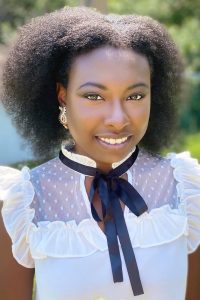 Kalifa Rodriguez is a registered dietitian and certified breastfeeding specialist. She currently works as a clinical nutritionist in Montreal, Canada. After receiving her bachelor’s degree in nutritional biochemistry, she went on to complete a master’s degree in human nutrition and dietetics at McGill University. Kalifa is passionate about promoting healthy lifestyle choices through nutrition, exercise, and mindfulness. She also hopes to leave a positive impact in the community through her work by giving nutrition education sessions to community groups and organizations. Kalifa and her husband are parents to their delightful toddler, who is the inspiration for this book.
Kalifa Rodriguez is a registered dietitian and certified breastfeeding specialist. She currently works as a clinical nutritionist in Montreal, Canada. After receiving her bachelor’s degree in nutritional biochemistry, she went on to complete a master’s degree in human nutrition and dietetics at McGill University. Kalifa is passionate about promoting healthy lifestyle choices through nutrition, exercise, and mindfulness. She also hopes to leave a positive impact in the community through her work by giving nutrition education sessions to community groups and organizations. Kalifa and her husband are parents to their delightful toddler, who is the inspiration for this book.
Buy the book at Amazon, Amazon CA, Indigo Chapters, Barnes and Noble, or Book Depository.
